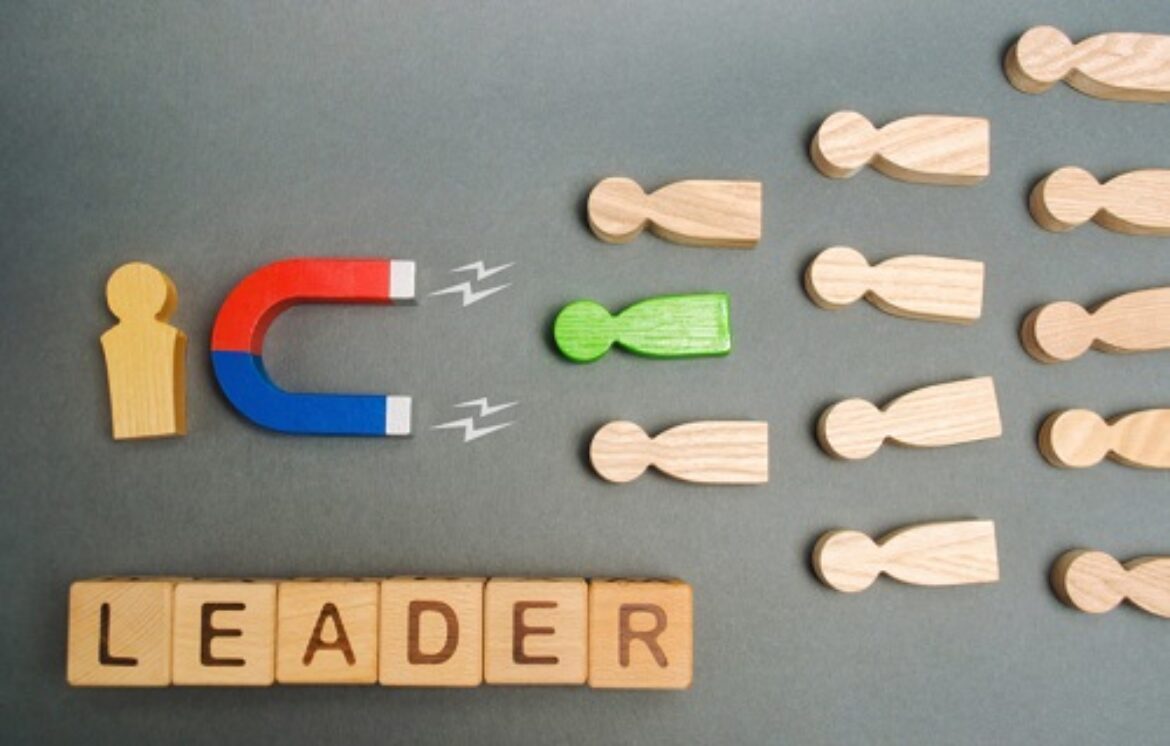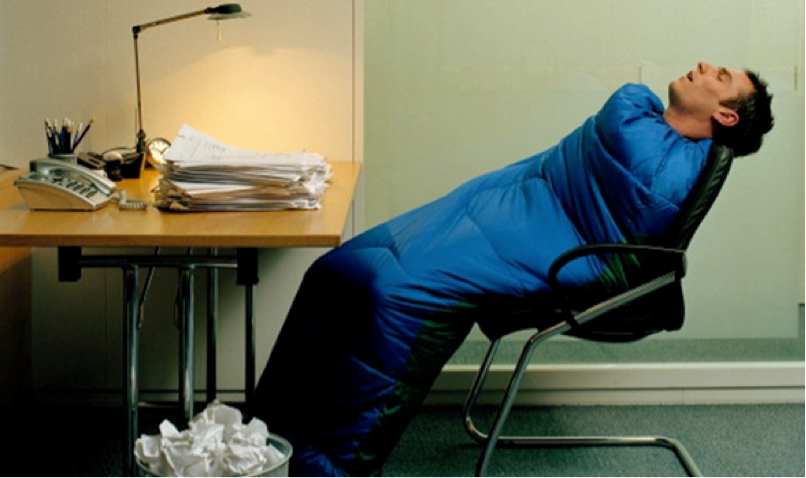
Leadership in the Zone – How to Fully Engage Physically
I can’t stop moving. Ask anyone who knows me. I prefer a standing desk to a seated one; I schedule walking meetings instead of table meetings and my clients now expect me to stand up and walk around during our time together.
I didn’t understand the science of this until I learned about the Human Performance Institute’s Corporate Athlete® program. It was then that I saw that I need more than just physical movement to be a fully engaged leader; I also need to strategically think about the emotional, mental, and spiritual aspects of my leadership.
Tom Ward, founder, and principal of NextLevel, helped me understand all of this in more detail; I am excited to share that information with you. To begin this series on fully engaged leadership, we will discuss why physical energy is important and how to expand it.

How much physical energy do you have in your tank when Friday comes? Is it enough to meet the demands you face? If not, it could be that you’re not managing your energy properly. It also just might be that you don’t have the energy capacity you need. If this is your challenge, there’s a straightforward solution called energy expansion.
Human physical energy is derived from glucose and oxygen in the bloodstream. If we don’t have enough of either one, our capacity to perform is diminished. What does it feel like when you don’t have enough physical energy? Are you tired? Irritable? Do you get off track and stray from the things that matter most? Without enough physical energy, every dimension of our human energy suffers. And, when this happens, it’s simply not possible to fully engage as a leader.

The Role Nutrition, Movement, and Sleep Play in Full Engagement
To build physical capacity, stress beyond your normal comfort zone is the answer. Before we discuss how to properly stress oneself in order to grow physical capacity, let’s review three foundational requirements: proper nutrition, movement, and sleep.
Tips for Managing Energy Through Food, Movement, and Sleep
1. To ensure you have the amount of glucose you need in your system, you need to eat light, and eat often. The Corporate Athlete® course, offers a highly effective strategy for doing so, by eating small meals every three hours, plus or minus an hour. If you need to go more than four hours without eating a meal, then eat a low glycemic snack of 100 to 150 calories for a bridge until mealtime; it’s not a meal substitute.* Breakfast is a must. Every meal needs to include protein, grain, and fruits and/or vegetables.
2. After ensuring we have enough glucose in our systems, we need to ensure it circulates along with ample oxygen. Movement ensures good blood circulation and metabolism. It produces energy by transporting glucose and oxygen to your brain, muscles, and vital organs. How do you feel after a long plane flight? If you’re like me, you’re likely to be stiff, a bit out of it and maybe even sleepy. To combat this challenge, movement is the answer. Having a strategy is key. The Human Performance Institute recommends stretching and/or small movements every 30 to 45 minutes, and large movements every 90 to 120 minutes. Five to 15 minutes is enough. Take a walk. Walk the stairs. Limber up. You’ll notice the difference.
3. Getting enough sleep is critical. Routinely getting seven to eight hours of sleep each night is important, because when you sleep, the body and brain recover, repair, and grow. Some sleep tips include:
- Going to sleep and waking up at the same time each day
- Creating a bedtime ritual
- Avoiding caffeine after 2 p.m.
- Taking a hot bath
- Not exercising within two hours of bedtime
Tips for Increasing Energy Through Exercise
Once a proper foundation has been laid with proper fueling, movement, and sleep, you can start to expand your energy capacity. To expand your physical energy, strategic exercise, incorporating aerobic, resistance, and flexibility training, is recommended. As you do so, exercising in the “discomfort” zone is crucial, which means avoiding both the comfort zone (not hard enough) and pain zone (too hard).*
If you’re the type of person who has never worked out or simply doesn’t enjoy exercise, remember that anything is better than nothing. Physical training doesn’t require a gym membership. Johnson & Johnson (The Human Performance Institute’s parent company) has developed “The 7 Minute Workout” for those who don’t like to go to the gym and/or don’t have or want to devote a lot of time to exercise.
Be Strategic With Planned Recovery
By using planned periods of stress, or discomfort, to grow your physical energy capacity, you can create an opportunity for growth. But growth will not take hold unless you accompany this stress with strategic recovery.
Virtually every biological system experiences oscillation, or the cyclic expenditure and recovery of energy. Think about your heartbeat, breathing, and brainwaves. This oscillation promotes proper energy management and expansion by honoring what our bodies do naturally. In fact, if we don’t honor what our bodies naturally do, we can experience what’s called involuntary recovery. Imagine running until you literally drop from exhaustion. That’s involuntary recovery. Human beings are designed to be sprinters not marathoners; we need periodic, planned, voluntary recovery in order to fully engage and thrive.
Since human physical energy naturally cycles from high to low every 90 to 120 minutes, The Human Performance Institute recommends taking recovery breaks throughout the day every 90 to 120 minutes. Some tips include:
- Plan meetings that are no longer than 90 minutes
- Stretch every 45 minutes
- Divide work into 90 minute chunks
- Meditate for a couple minutes between meetings
Last week we talked about how in order to live and lead the life you want, managing energy, not just time, is the key. The base level of your energy is physical; as discussed here, growing this energy requires a process of stress to discomfort, followed by voluntary recovery. But how do we build our emotional energy, an energy that is less tangible than the physical? Stay tuned for next week, where you will learn about the importance of emotional energy for fully engaged leadership.
Until then, please share any tactics you employ to increase your physical energy. What works for you?
*Before starting any new diet or exercise program please check with your doctors and clear any exercise or diet changes with them before beginning. My guest blogger and I are not doctors or registered dietitians. We do not claim to cure any condition or disease. This blog contains the opinions of its authors.
Photo © Human Performance Institute Division of Wellness & Prevention, Inc.
Leave a comment below, send us an email, or find us on Twitter.

